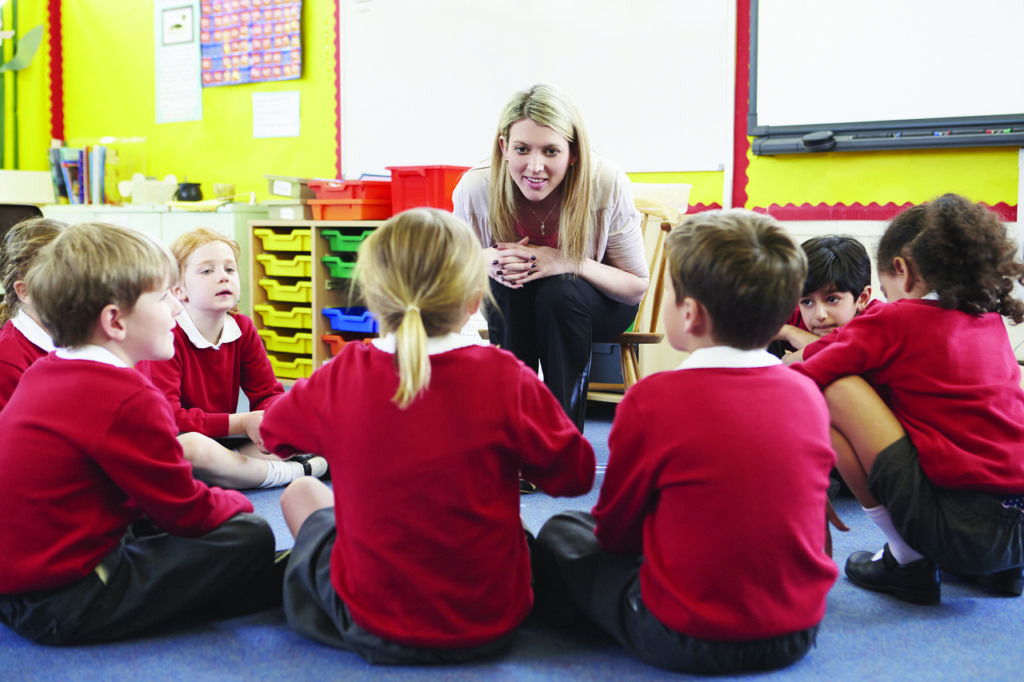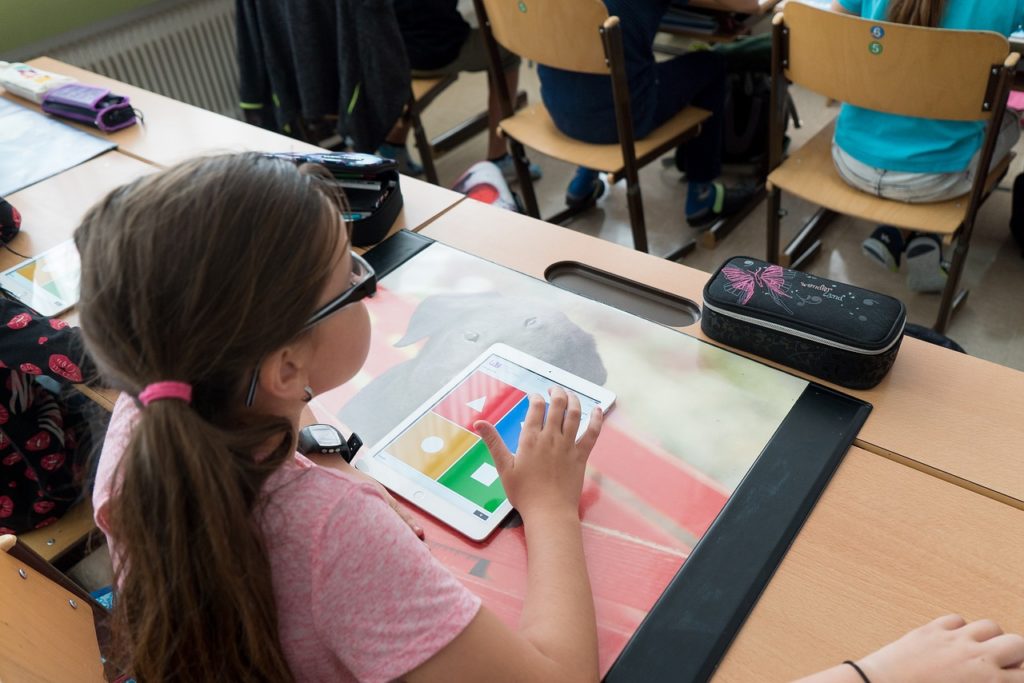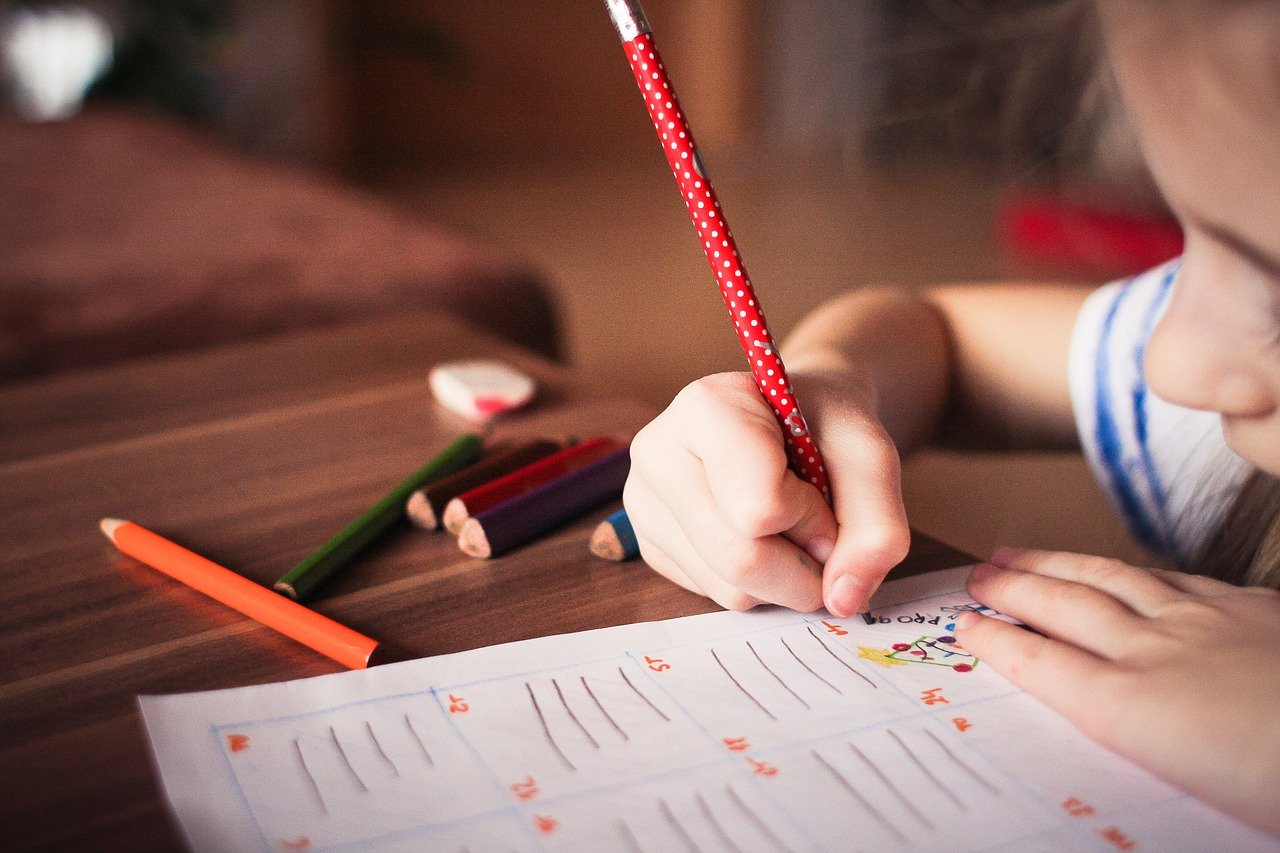According to the Centers for Disease Control and Prevention, an estimated 6 to 12 million children ages 3 to 11 experience a head lice infestation in the United States annually. It can be said that children get head lice more often than adults, especially when children are in childcare or school.
Here are the reasons why children get head lice more often.
Why children get head lice more often
It is a myth that head lice like unhygienic people. In fact, hygiene doesn’t have anything to do with the likelihood of getting head lice. Close contact with someone who already has head lice is the most common cause of a head lice infestation. And unfortunately for children, their habits make them more susceptible to close contact, and that makes them more vulnerable to head lice compared to adults.
- They are generally less protective of their personal space. Children are innocent and playful. They will cuddle with their family members and bump heads with their friends. Even though these are emotionally and psychologically healthy habits, they do put children at risk to close contact and head lice.
- They are vulnerable to head-to-head contact at school. Head-to-head contact with someone who has head lice is a surefire way to get infested with the parasites. Unfortunately for children, they often get head-to-head contact with others during school activities. They bow their heads as they write on their notebooks and get physical during playtime.
- They get head lice from sleepovers and other similar activities. Children get head-to-head contact outside school too. This can come from camping, sleepovers, sports, and other activities where they can bump heads with their friends.
- They like to borrow personal items. As children, they may not have the money to buy or the insight to ask their parents to get personal items for them. They may end up borrowing personal items from others, particularly people who have head lice. Brushes, combs, hats, helmets, and ribbons come into mind. Getting head lice from a personal item is unlikely, but it does happen.
If you can control these habits, you can minimize the risk of children getting head lice and save you from all the trouble that a head lice infestation can bring into your family.

How to get rid of head lice in children
If your children are complaining about how itchy their heads are and how they feel like something is crawling in their head, be cautious. They may be suffering from a head lice infestation. Check their head immediately for live head lice, insects that are only about a few millimeters small. Also check for nits, head lice eggs that are either white or brown-black near the scalp.
- Buy over-the-counter medication. Pyrethrin and permethrin are the most common head lice-killing ingredients you can find in over-the-counter medication. But remember that they can only kill live head lice, so another batch of treatment may be necessary once the nits have hatched. Read the instructions carefully and follow them strictly for the proper and safe administration of the medication.
- Get prescription treatment from your doctor. Some head lice are starting to develop resistance to certain treatments, including over-the-counter medication. Get rid of your children’s head lice problem more effectively by consulting a doctor and getting prescription treatment such as lotions that contain benzyl alcohol, ivermectin, or malation.
- Use manual methods. You can also manually get rid of head lice by using a lice comb. This comb has thin teeth and small gaps between them, especially designed to capture head lice. Simply use the comb on the head lice-infested children and dunk the comb into a bowl of water from time to time. Repeat this process every few days for about two weeks or until you longer see head lice getting captured in the comb.
- Be doubtful of natural methods. If you search the internet for natural ways to get rid of head lice, you will often see articles that claim that salt and other easy-to-find ingredients will do the trick. But be doubtful of these articles. Salt isn’t even good against head lice. It’s best to stick to proven methods.
In other words, you can get rid of head lice using government-approved ingredients or manually combing the head lice out of the children. Using ingredients is the better choice, especially when they are recommended by professionals.

How to protect your children from head lice
Don’t underestimate head lice. These wingless insects may not spread diseases, but they can cause skin irritations and sores that may end up being infected. Protect your children from head lice now.
- Discourage them from head-to-head contact. Since head-to-head contact with someone with head lice is one of the most common ways to get head lice, it’s best to advise children to be careful in bumping heads with their family and friends, especially in activities where there is close contact. Also avoid sleepovers and similar activities when someone is suspected to have the pests.
- Discourage them from sharing personal items. Let children have their own personal items, especially those that get in touch with their hair. This way, they will have no reason to borrow the personal items of others. Also tell the children to not let others borrow their personal items.
- Delouse everyone in your home. Children can get head lice from other people in the household. They can accidentally bump heads with their siblings, cuddle with their parents, or use the personal items of others. To protect children from head lice, protect everyone else in your home. Your home and everyone in it can also be in a perpetual battle with head lice if you don’t clear everyone of these pests. Everyone will just re-infest each other.
- Delouse your home. Protect children from head lice by keeping your home lice-free. Sure, head lice can only survive for about a day or two without a host, but you shouldn’t take your chances. Wash your bedding, vacuum your sofa and chairs regularly, and dry your clothes in high heat after washing them.
In summary, you can protect children from head lice by minimizing contact, especially with people who already have head lice. Keeping your home and everyone in it head lice-free is also smart.

